The Secrets to Silky Smooth Thai Curry Paste
10 min read Discover expert techniques to craft silky smooth Thai curry paste, enhancing the depth and flavor of your dishes with authentic textures. July 19, 2025 00:05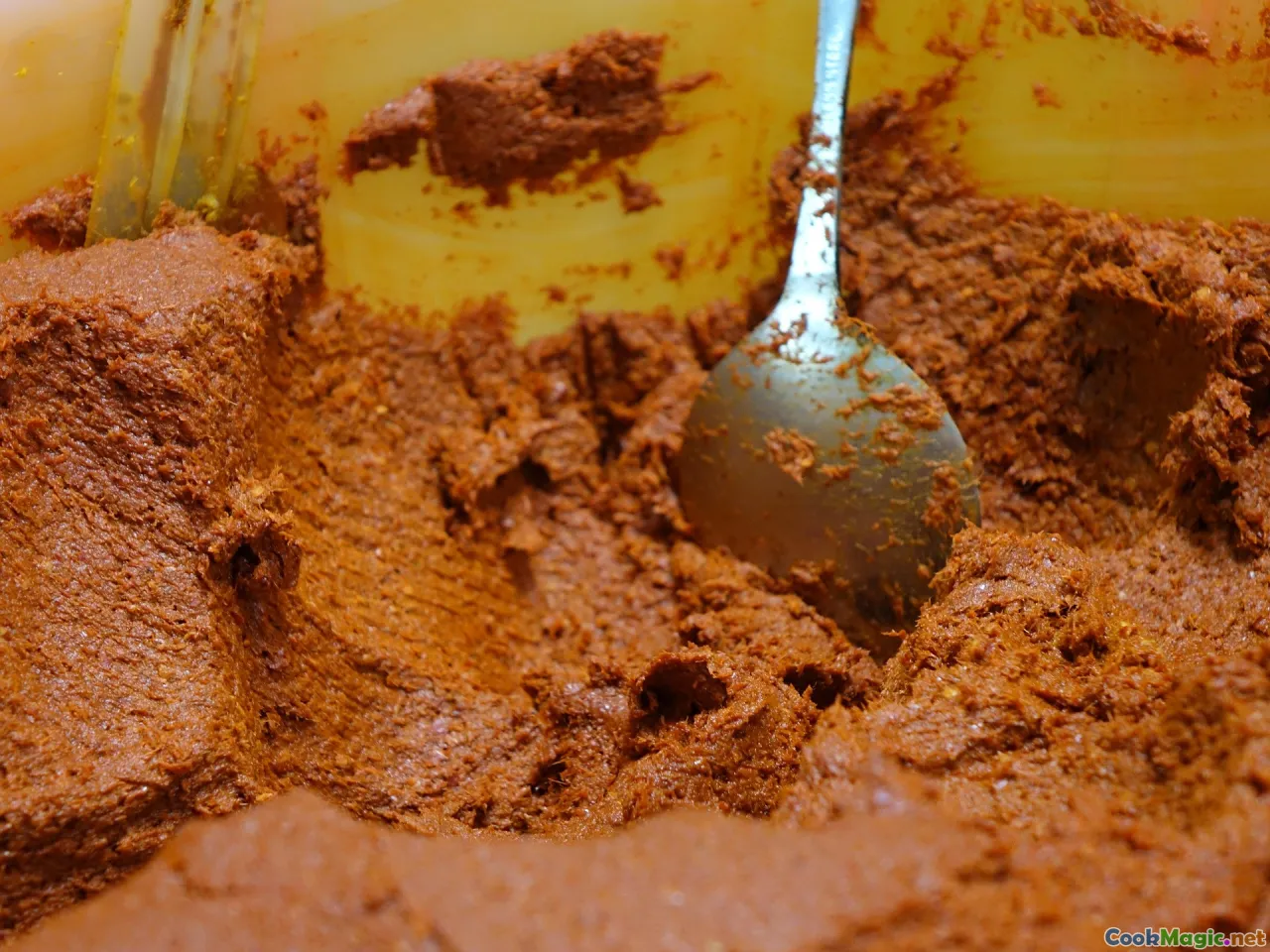
The Secrets to Silky Smooth Thai Curry Paste
Few pleasures in life rival the intoxicating aroma of freshly made Thai curry paste—a vibrant symphony of fragrant herbs, blistering spices, and a whisper of citrus that instantly transports the senses to bustling street markets or a cozy family kitchen in Chiang Mai. Achieving that perfect, silky-smooth consistency isn’t just about tossing ingredients into a blender; it’s a meticulous craft rooted in centuries of tradition, cultural symbolism, and careful technique. Today, we delve beneath the surface to explore the secrets behind creating lush, velvety Thai curry pastes that form the soulful backbone of your favorite dishes.
The Cultural Soul of Thai Curry Paste
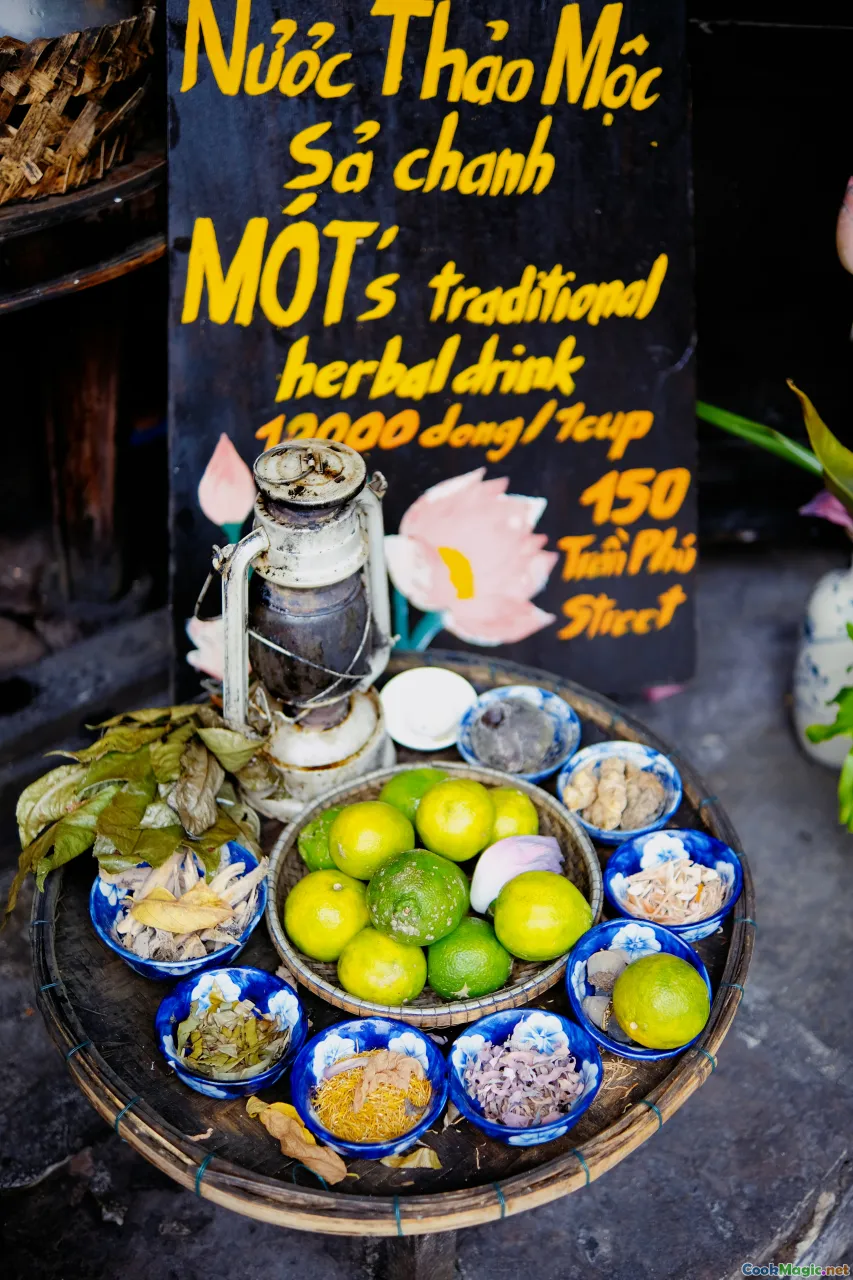
In Thailand, curry pastes are more than just ingredients—they're a reflection of regional identities, social rituals, and ancestral wisdom. From the fiery red curries of Isaan to the aromatic green pai dari style from the jungles of Chiang Rai, each paste carries the distinct flavors of its origin. Historically, these pastes were meticulously handcrafted, often ground using traditional mortar and pestle, as a communal activity encapsulating family bonds, local customs, and spiritual reverence for ingredients.
Mastering the art of that smooth yet textured paste is a journey into Thai culture itself—an expression of respect for nature’s bounty, balance, and harmony.
The Foundations: Essential Ingredients and Their Preparation
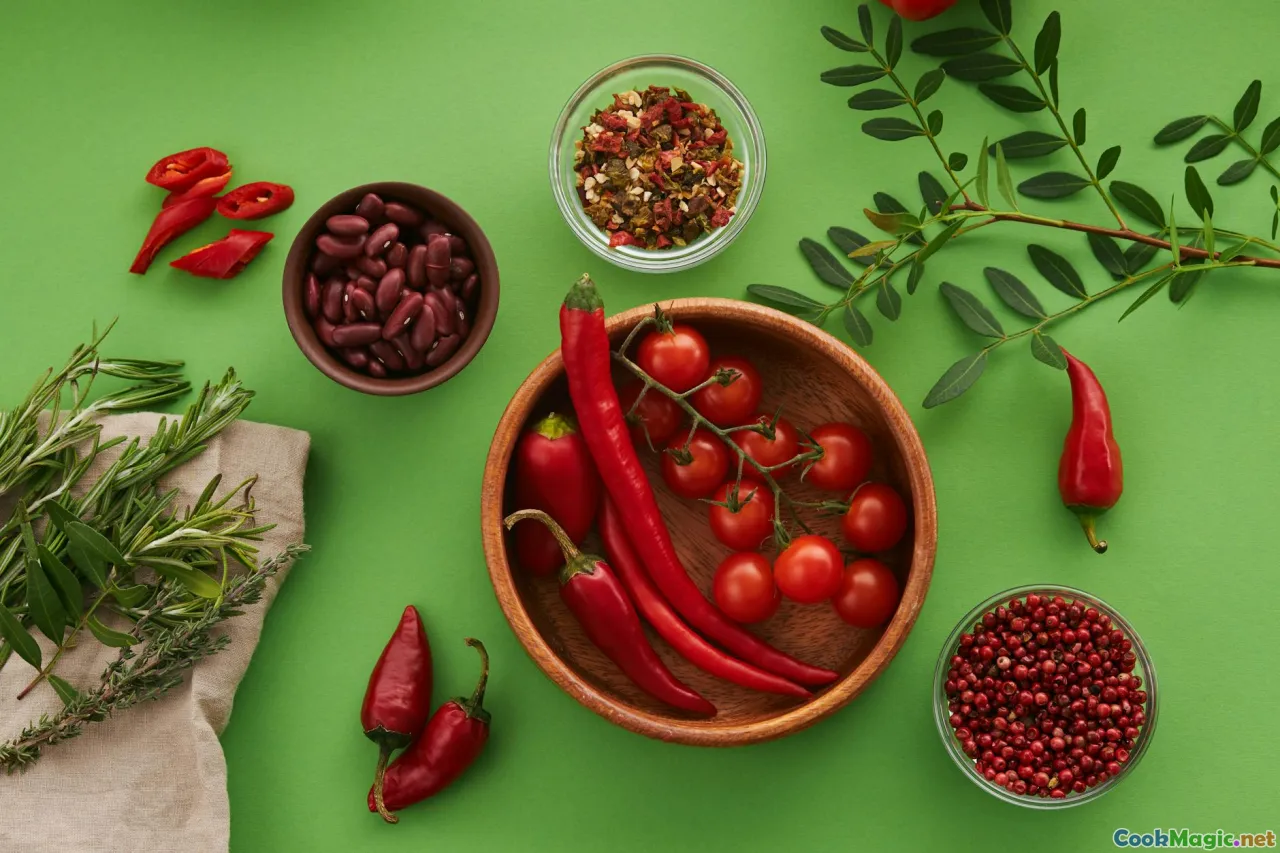
The cornerstone of a truly silky Thai curry paste resides in the quality and preparation of its core ingredients:
- Dry and Fresh Chilies: Red or green, depending on the desired heat and color. Roast or soak to enhance sweetness and reduce bitterness.
- Galangal: More pungent and citrusy than ginger, often sliced thin to facilitate grinding.
- Lemongrass: Tender white part only—bruised firmly to release oils.
- Shallots and Garlic: Aromatic and foundational for depth.
- Dried Shrimp or Fish Sauce: For umami richness.
- Kaffir Lime Leaves and Peppers: For bright citrus notes.
- Herbs and Spices: Coriander seeds, cumin, white pepper.
Each ingredient should be freshly prepared: thinly sliced, roasted, or pounded to release maximum flavor profiles. The texture at this stage influences how smoothly they will blend later.
Grinding Techniques: From Stony Mortar to Modern Blenders
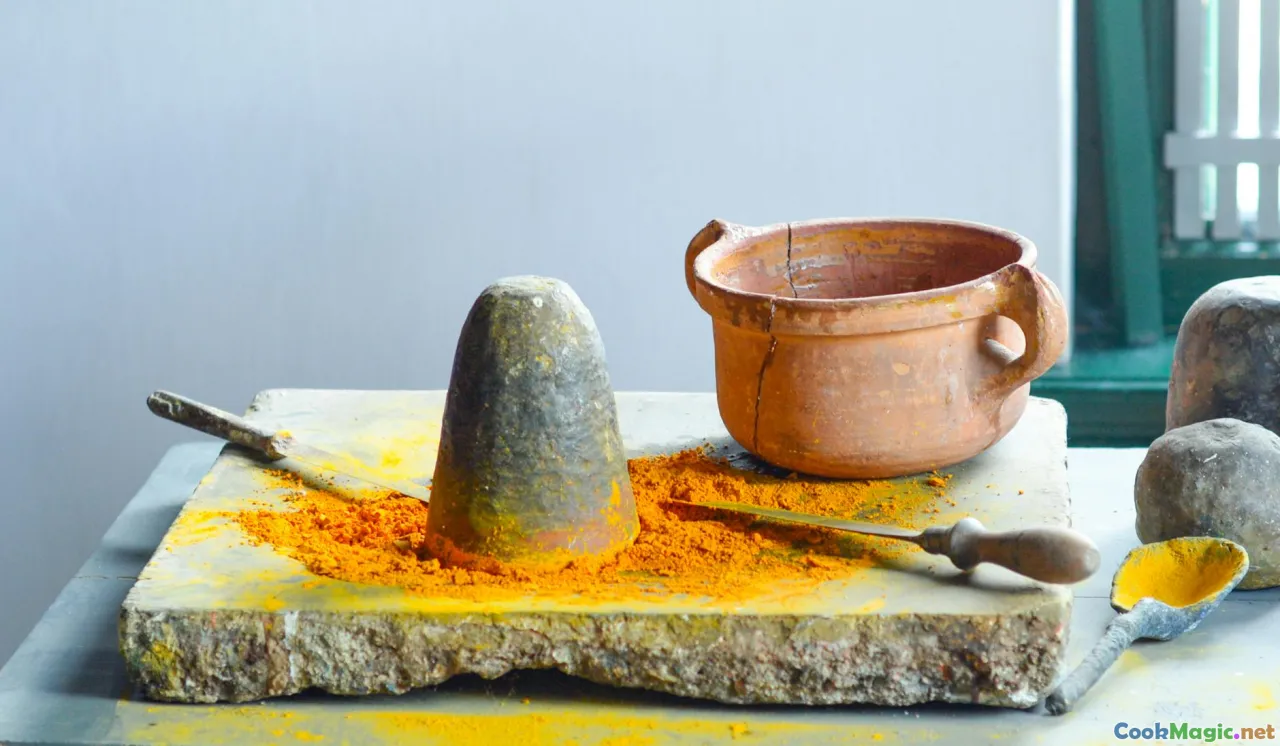
Traditional Thai kitchens favor amortar and pestle, preferably carved from heavy stone, which saturates the paste with rhythmic, satisfying hand-antiquated force. This technique allows for slow, controlled blending that gently melds the ingredients, secreting essential oils, and preserving delicate flavors.Why it works:
- The granular, textured paste encloses bursts of fresh scent, essential for authentic sensory experiences.
- The manual process grants control over heat generated—avoiding over-paste that’s too smooth or oily.
Modern alternativesinclude high-speed blenders and spice grinders, which are invaluable in multi-tasking kitchens. The key to a silky result here is to pulse carefully, adding liquids (like water or oil) gradually to attain that smooth, homogeneous consistency.Tip: For optimal results, start with dry grinding, then add small amounts of liquid in the final stages—think Thai-style, like adding a splash of coconut milk or water, for a luxurious, silky finish.
The Role of Fats and Liquids in Achieving Silkiness
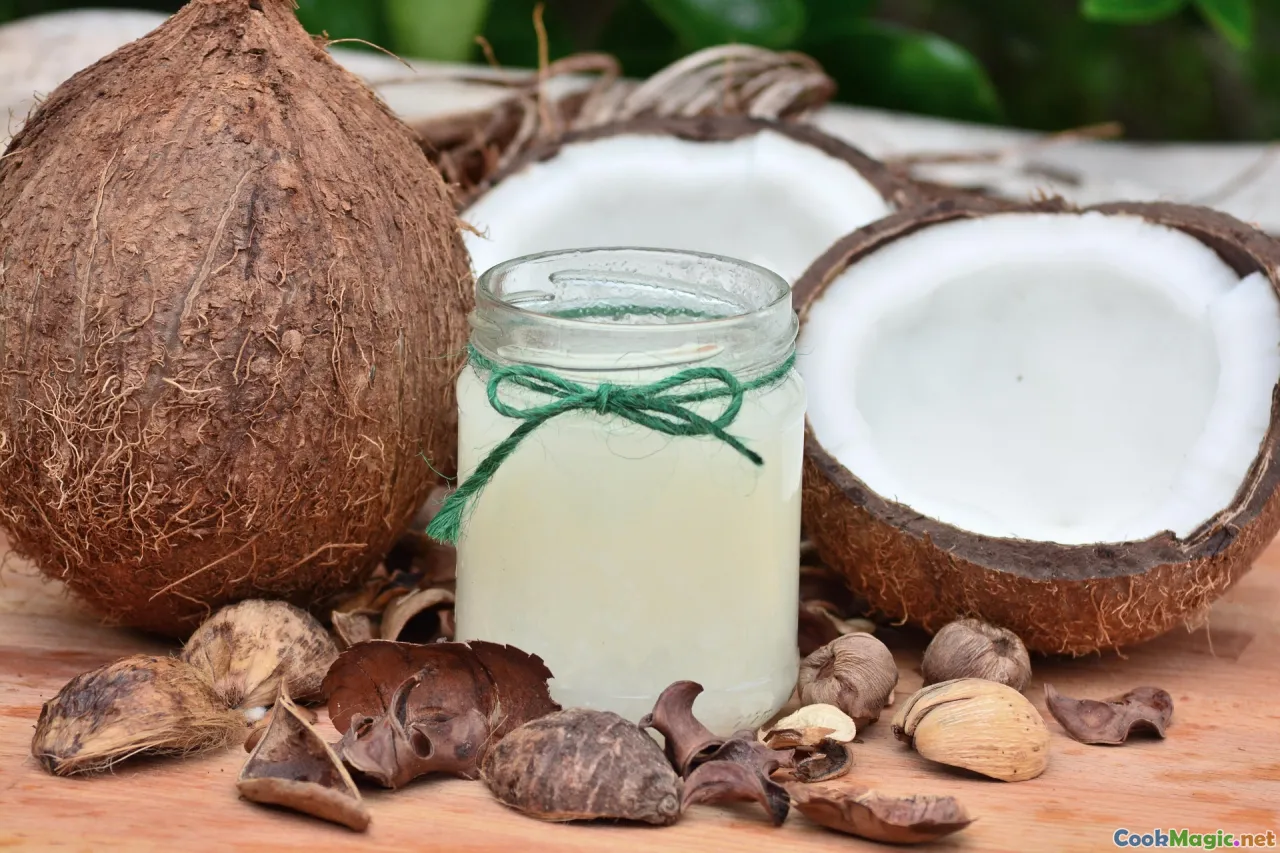
Fats and liquids are the secret lubricants that transform a collaged mixture of herbs and spices into a luscious, spreadable paste. Traditionally, pounding with a mortar releases essential oils that naturally emulsify when combined with the fat content of ingredients. In modern kitchens, experimenting with coconut milk, vegetable oils, or even fish sauce can unlock creaminess. A few careful drops of hot sesame oil or chili oil can accentuate flavor while refining texture.Crucial tip: Add the liquids gradually, and blend or pound until the paste becomes a silky, shiny ribbon, indicating all ingredients are harmoniously integrated.
Timing and Temperature: Control for Perfect Texture

Applying the right amount of heat during paste making is critical—a gentle simmer or a medium heat allows flavors to bloom slowly without burning the fragile aromatics. Rushing the process risks uneven texture or charred bitterness.
For delicate green curry pastes, processing ingredients just after lightly roasting or sweating them releases their essence, then slowly adding oils and liquids until the paste reaches a silk-like viscosity.
Pro tip: Use a double boiler setup or switch to a non-stick pan to prevent scorching, and stir consistently. Patience ensures overall smoothness and intensifies flavor development.
The Final Touch: Aging and Adjusting for Velvet Perfection
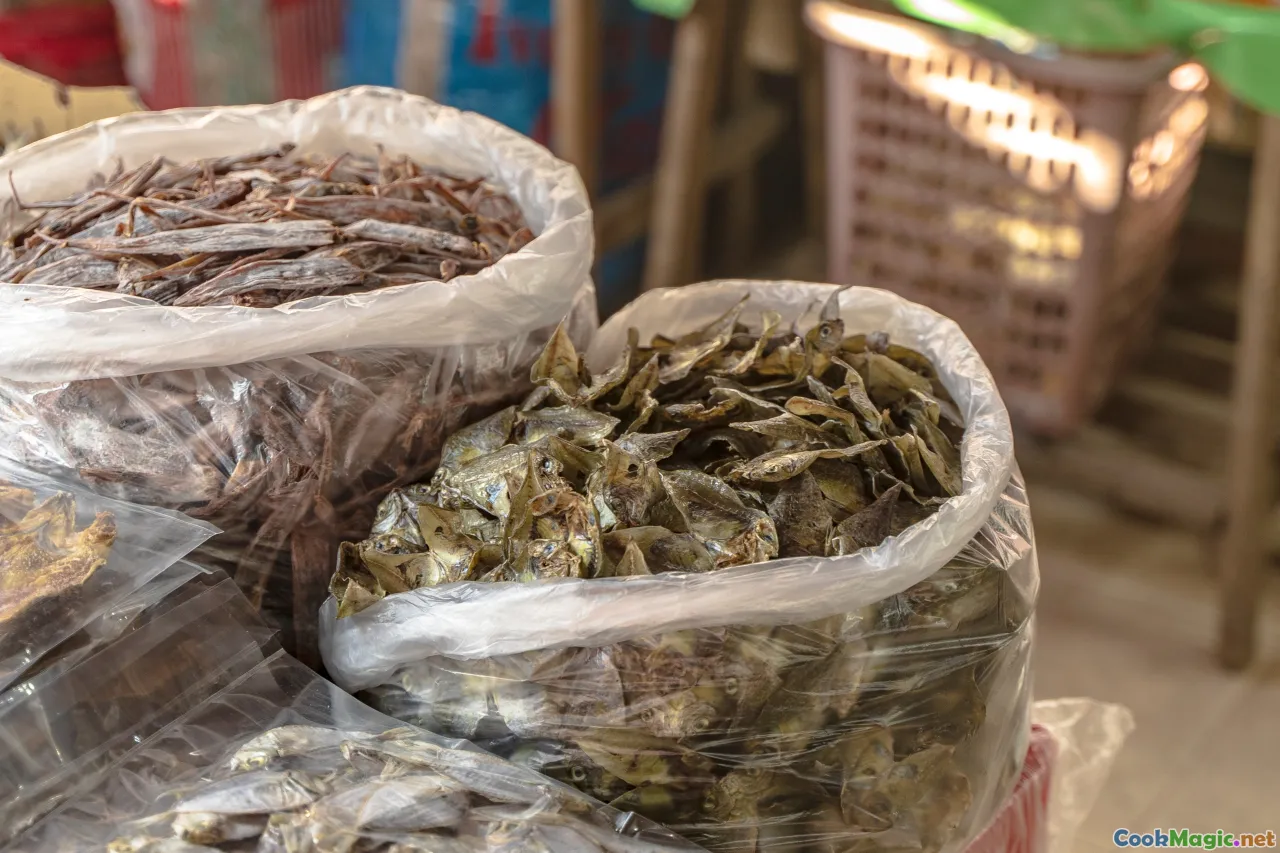
Amazingly, Thai cooks often age their paste for a few days—stored in a cool, dark place or refrigerated—to deepen flavors and improve texture. This aging also encourages natural fermentation of certain ingredients, lending complexity and a slight tofu-like creaminess.
Adjusting the consistency is the last task—if too thick, a splash of lime juice, coconut milk, or even water helps achieve the desired glossiness.
Personal insight: I love to add a small dash of high-quality sesame oil, which adds a subtle nutty aroma and enhances that silky mouthfeel.
Inspired Dishes Shadowing the Masterpieces
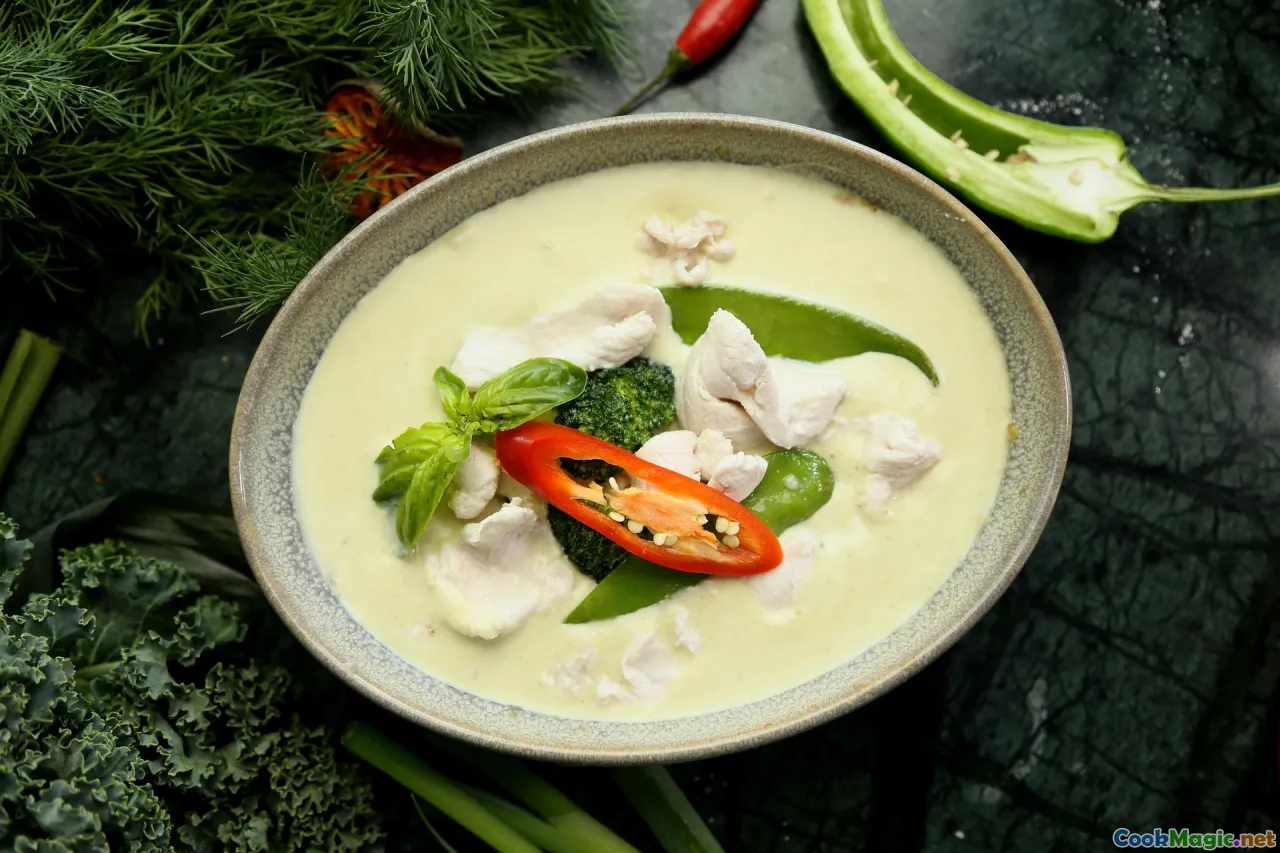
A perfect Thai curry paste is the soul of dishes like Gaeng Keow Wan (Thai Green Curry)orGaengPanaeng (Panaeng Curry). When seasoned and cooked correctly, the paste transforms into a fragrant sauce that suspends tender chunks of chicken, beef, or seafood.
The best curries are made with freshly pounded paste that bubbles gently—its silky sheen coats each ingredient, sylph-like, fragrant and inviting.
Personal memory: I still remember my first green curry in a small Chiang Mai street stall, where an elderly cook's rhythmic pounding and patience culminated in a paste so smooth it shimmered under the fiery red oil—it's that experience I chase in my own kitchen.
Final Reflections: Embody the Spirit of Thai Cuisine
The quest for a silky Thai curry paste is much like cultivating a garden—care, patience, and respect for each element’s vibrancy yield the richest flavors. Whether you're using traditional tools like a mortar and pestle or embracing modern technology, understanding the sensitivity of each ingredient and the delicate dance of moisture and heat is key.
Through this meticulous craft, you’ll not only perfect your own curry pastes but also forge a deeper connection with a culinary heritage that celebrates balance, harmony, and the unyielding pursuit of flavor.
So, gather your herbs, warm your grinding stones—embark on that aromatic journey—and craft a curry paste that truly reflects the soul of Thai cuisine. Your taste buds—and the stories you'll tell—will thank you.









